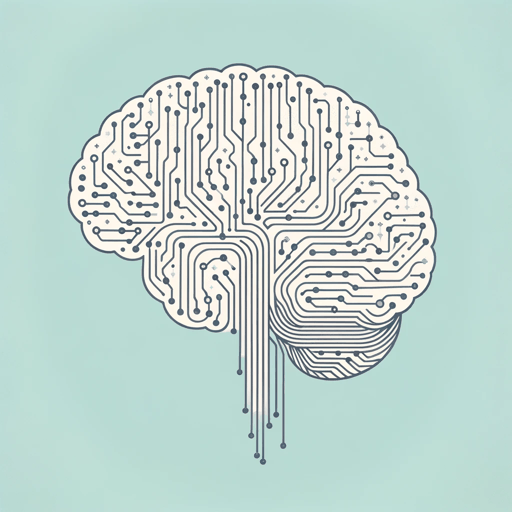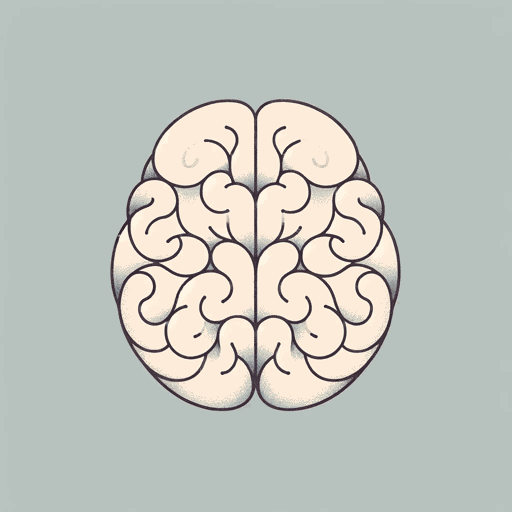60 pages • 2 hours read
Steven PinkerHow The Mind Works
Nonfiction | Book | Adult | Published in 1997A modern alternative to SparkNotes and CliffsNotes, SuperSummary offers high-quality Study Guides with detailed chapter summaries and analysis of major themes, characters, and more.
Summary and Study Guide
Overview
How the Mind Works is a 1997 non-fiction book by Steven Pinker, who presents his ideas on how the human mind developed and how it produces the feats we take for granted every day, such as talking, walking, and making friends. Pinker is a cognitive neuroscientist who studies language acquisition in children. He approaches the study of the mind from a psychological and cognitive perspective, but he did extensive research for the book and brings in expertise from computer science, anthropology, evolutionary biology, and philosophy. Pinker relies particularly on the computational theory and on Darwinian evolutionary theory to explain the origins and functions of the mind. The book was a Pulitzer Prize finalist and received considerable criticism from other scientists, spawning several books including The Mind Doesn’t Work That Way by Jerry Fodor. This guide follows the Penguin Books version printed in 1998.
Pinker begins the book by discussing neurons and basic processes, later moving on to more complex ideas, such as emotions, and finishing with sections devoted to ideas he doesn’t feel even his approach can address, like free will. This structure mirrors one of the themes of the book, which focuses on the iterative way we learn, starting from what we know and building increased knowledge. In the first four chapters, he presents basic information on how the brain is structured and how it functions. He presents his definition of the mind and how it is connected to yet distinct from the brain—essentially, the mind is the activity of the brain. The focus is on the computational theory of mind, which Pinker believes is important in explaining of how the physical brain leads to the human mind. He goes on the introduce the concepts of intelligence and consciousness, and he argues that the current design of the human mind is the result of natural selection and has been shaped by the surrounding environment.
Beginning in Chapter 4, Pinker examines more abstract mental processes, such as vision, knowledge, learning, and ideas. He posits that visual illusions can be partially explained by evolution, and in Chapter 5 he discusses how the mind forms ideas based on the information it receives.
In the chapters that follow, Pinker addresses complex aspects of human behavior and life such as emotions, friendship, and reasoning. His writing on these subjects involves more speculation. There are no concrete explanations for many of these phenomena, and Pinker attempts to synthesize what is known as consistently as possible to support his arguments regarding the origins and purpose of each. He discusses the function of emotions in helping humans prioritize among their many goals, and he argues that harmony in social relationships is another product of natural selection and of a gradual adaptation to living with others. Pinker also addresses the question of whether the male and female minds are innately different, asserting that the genders are remarkably similar in this regard. In the final chapter, Pinker discusses the human mind’s capacity for art, music, humor, and philosophy, examining each with an eye toward the evolutionary goals they achieve.
Throughout the book, Pinker draws on two main theories in his approach to how the mind works. The computational theory of mind forms the basis for addressing the physical function that leads to the mind’s abilities, while natural selection explains for how the human mind developed in the first place. In addresses these elements, he focuses on the mind’s flexibility, its ability to make sense of complex information, and its elegance.
Related Titles
By Steven Pinker






